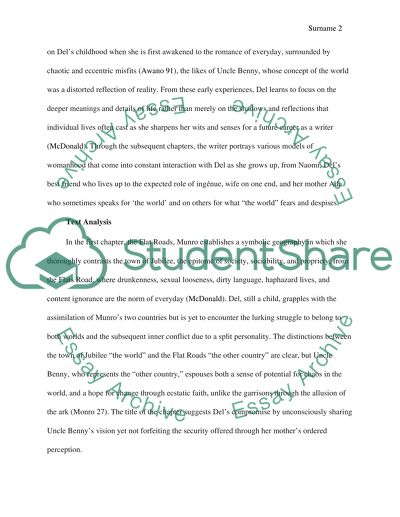Cite this document
(“Lives of girls and women by Alice Munro Research Paper”, n.d.)
Retrieved from https://studentshare.org/english/1494520-lives-of-girls-and-women-by-alice-munro
Retrieved from https://studentshare.org/english/1494520-lives-of-girls-and-women-by-alice-munro
(Lives of Girls and Women by Alice Munro Research Paper)
https://studentshare.org/english/1494520-lives-of-girls-and-women-by-alice-munro.
https://studentshare.org/english/1494520-lives-of-girls-and-women-by-alice-munro.
“Lives of Girls and Women by Alice Munro Research Paper”, n.d. https://studentshare.org/english/1494520-lives-of-girls-and-women-by-alice-munro.


